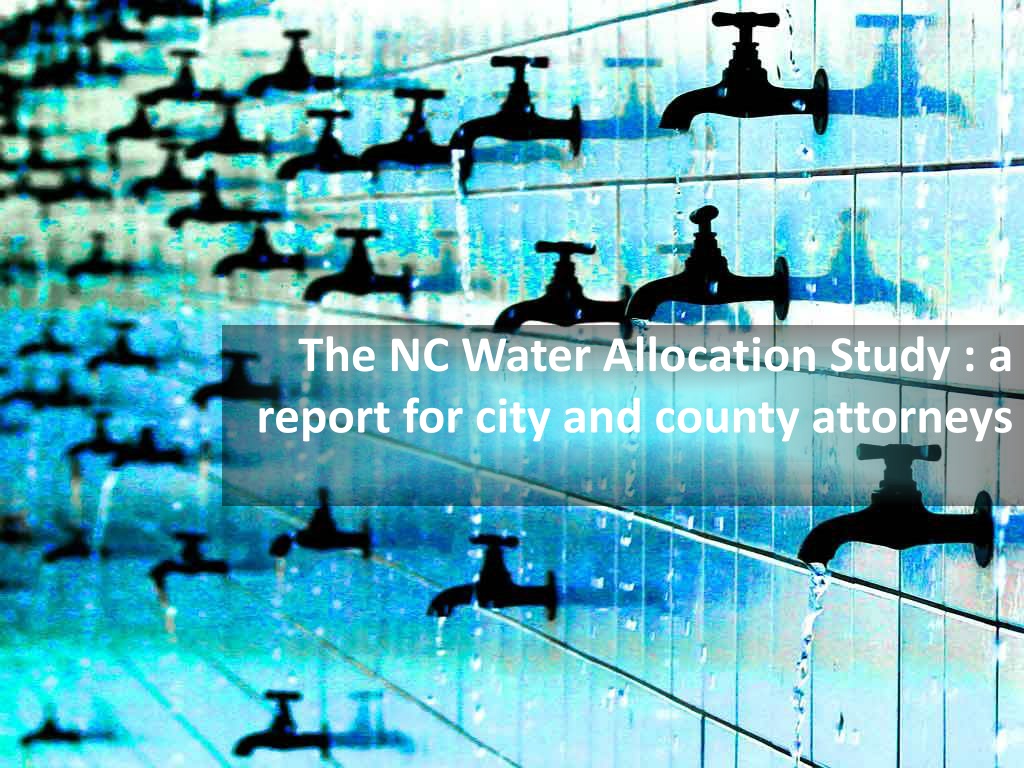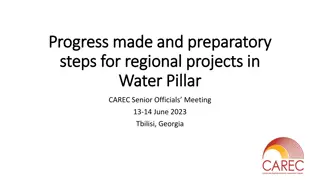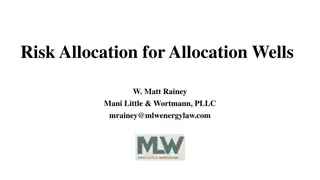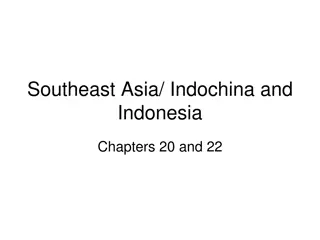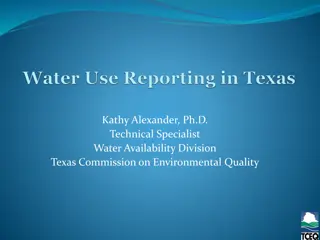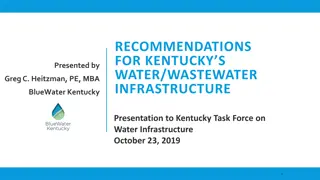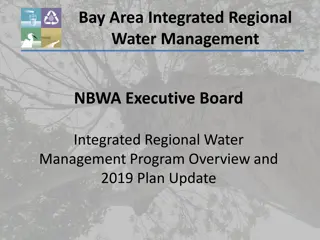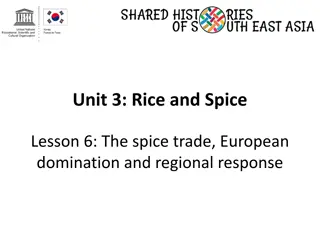Water Allocation Challenges in the Southeast: A Regional Analysis
Addressing the water allocation challenges in the Southeast region, the report highlights issues such as low resilience, increased conflict over water resources, and challenges in meeting growing water demands due to population growth. The study identifies key problem areas like stream and well drying, city overcommitments, and limited new supply options, urging strategic planning for sustainable water management.
Download Presentation

Please find below an Image/Link to download the presentation.
The content on the website is provided AS IS for your information and personal use only. It may not be sold, licensed, or shared on other websites without obtaining consent from the author. Download presentation by click this link. If you encounter any issues during the download, it is possible that the publisher has removed the file from their server.
E N D
Presentation Transcript
The NC Water Allocation Study : a report for city and county attorneys
Our (regions) big water challenge: growth in areas lacking water storage A huge . . . a region with good average precipitation, but small streams and low yields from groundwater . percentage of the South s population, growth and economic prospects lies in the piedmont . . . Result: low resilience; high susceptibility to drought; almost certain escalation in conflict over water unless growth stops.
Want conflict over water quantity? Litigation over releases from Randleman Lake Public concern over new Boone intake Disagreements over Kerr water supply issues Land use issues around proposed Little River reservoir Va Beach transfer from Roanoke Eno voluntary CUA NEW ROANOKE CHOWAN WATAUGA PASQUOTANK Central coastal plain CUA TVA lake level TAR-PAMLICO Concern about inflows and intakes FRENCH BROAD LITTLE TENNESSEE HIWASSEE SAVANNAH CATAWBA YADKIN NEUSE BROAD CAPE FEAR around Falls Lake WHITE OAK Cone of depression in lower Cape Fear Concern about Atlanta s water needs Litigation over IBT to Concord/Kannapolis LUMBER Intake and allocation disputes at Lake Jordan Fight over Alcoa dams on Yadkin
Conflict will increase: Water consumption in the Southeast Water consumption in the Southeast grew 15% from 1990 to 2000, compared with 2% nationwide. The population rose by 20% from 1990 to 2000 vs.13% in the rest of the country. By 2030, daily water use in NC will increase by 35%. Projected growth in the Southeast from 1990 to the near future. US EPA
? Conflict will increase: Water consumption in NC
Good precipitation, low resilience Lake Michie, Durham County October 2007 Rocky Mount s water reservoir September 2007 Falls Lake December 2007 Little River, Durham County October 2007
What problems does this raise at the state (and regional) level? Scenario 1: Stream dries up from withdrawals Scenario 2: Wells dry up from withdrawals Scenario 3: City overcommits Scenario 4: No good local new supply options
Other regions are better prepared to handle water conflict Global context: severe water shortages in many places, including southwestern U.S., will make assured fresh water THE critical economic asset Institutional context: Carolinas are behind in water management Great Lakes Compact Water management districts
WAS recommended solution: establish water budgets and appropriation (permit) process to keep withdrawals within budget Prmt Prmt Prmt Prmt Prmt Prmt Prmt Prmt Western prior appropriation system controls water withdrawals Prmt Prmt Prmt Prmt Prmt Prmt Prmt Prmt Prmt Prmt Prmt Prmt In most of the east, outside the Carolinas and Alabama, a permit system for large withdrawals helps control water conflict.
Models can help ensure adequate water supply and avoid all four problem scenarios. River basin models We need to build the legal and institutional framework to use these models and ensure an adequate water supply The report explains how we recommend doing this .
For the full report and to leave your comments, go to the Water Wiki: http://water.unc.edu Falls Lake June 2008
